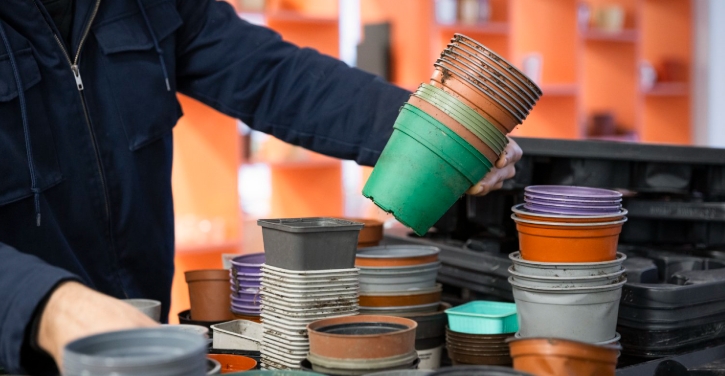Plastic plant pots have become a ubiquitous feature in the gardening industry, but their environmental impact is significant. Here’s what you need to know about the negative effects of plastic plant pots.
1. Not biodegradable
Unlike pots made from natural materials like clay or terracotta, plastic plant pots are not biodegradable. This means that once they are discarded, they will sit in landfills for hundreds of years, releasing harmful toxins into the soil and water.
2. Contribution to plastic pollution
Plastic plant pots contribute to the global plastic pollution crisis, as they often end up in our oceans and waterways. Marine animals can mistake these pots for food, leading to ingestion and harmful consequences for their health.
3. Production of greenhouse gases
The production of plastic plant pots requires the use of fossil fuels, leading to the emission of greenhouse gases like carbon dioxide. These gases contribute to climate change and the degradation of our environment.
4. Alternatives to plastic plant pots
There are environmentally-friendly alternatives to plastic plant pots that can help mitigate their negative impact. Consider using biodegradable pots made from materials like coconut coir, rice hulls, or cardboard, which will break down naturally over time.
5. Proper disposal methods
If you do use plastic plant pots, it is important to dispose of them properly. Some garden centers and recycling facilities may accept plastic pots for recycling. Alternatively, consider reusing pots for future plantings or donate them to a local nursery for reuse.
In conclusion, the environmental impact of plastic plant pots is significant and cannot be ignored. By choosing more sustainable alternatives and properly disposing of plastic pots, we can help reduce our carbon footprint and protect the planet for future generations.
